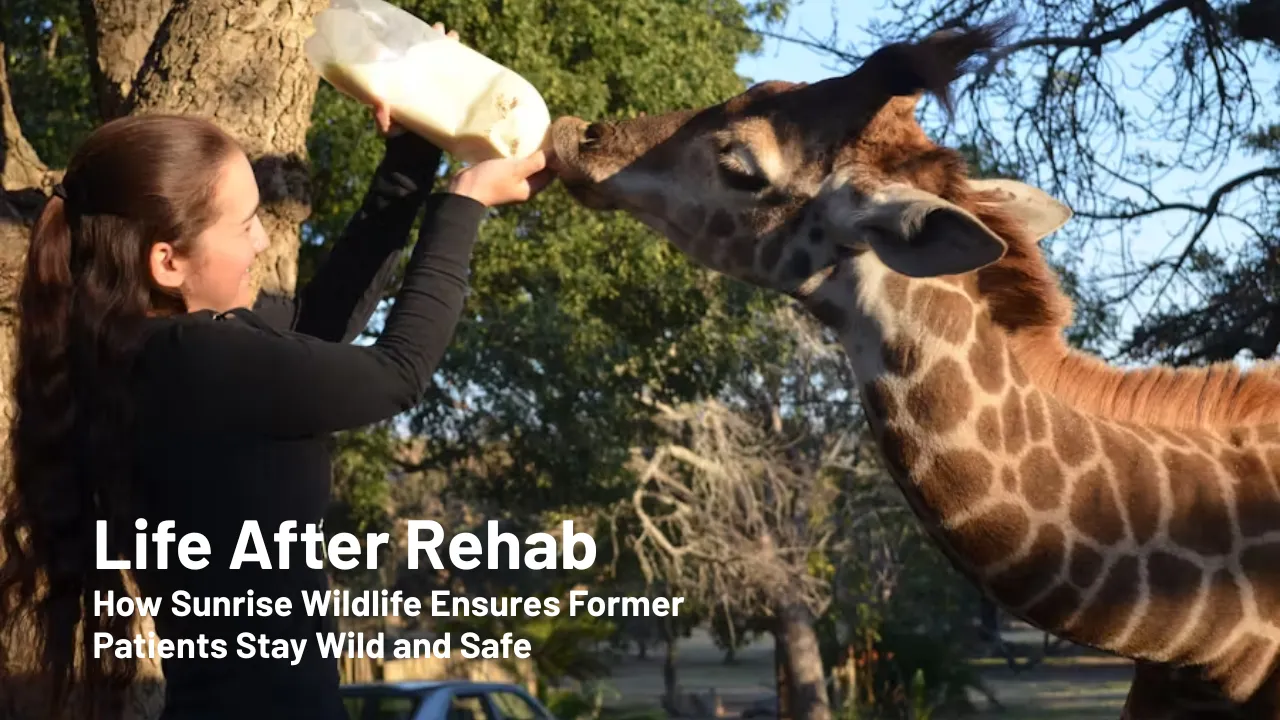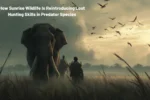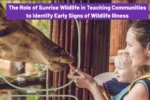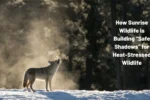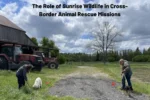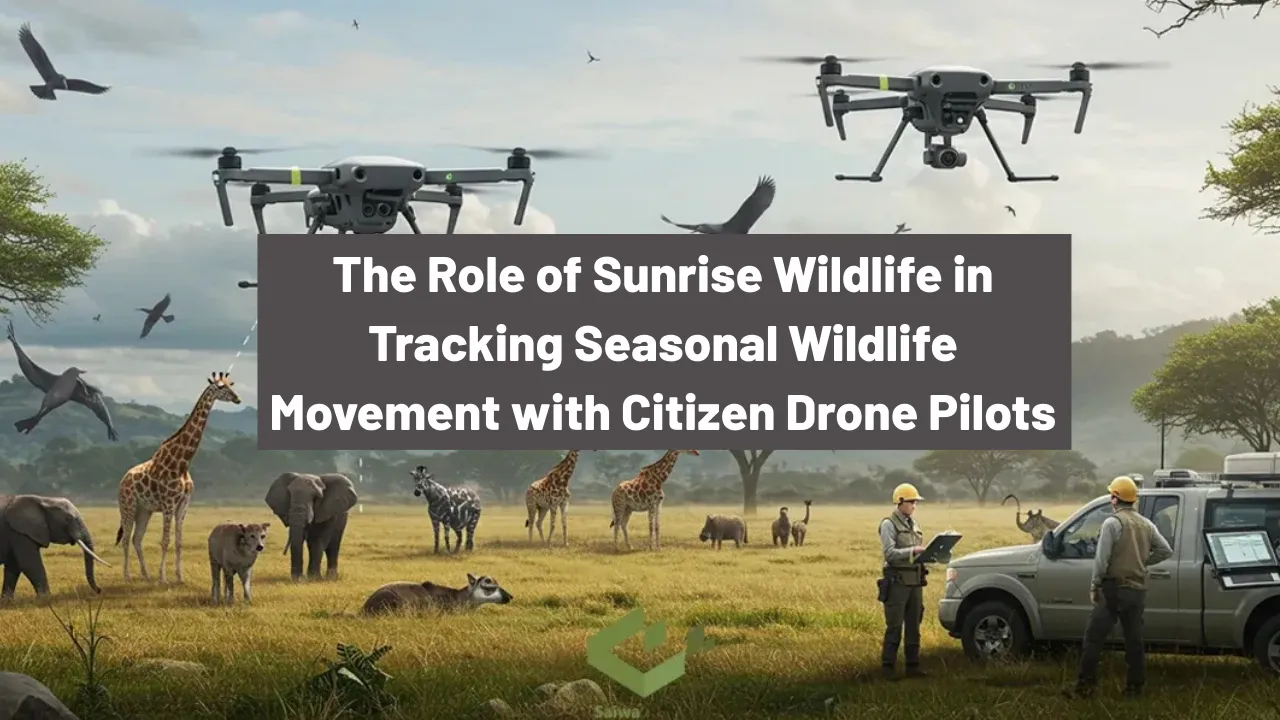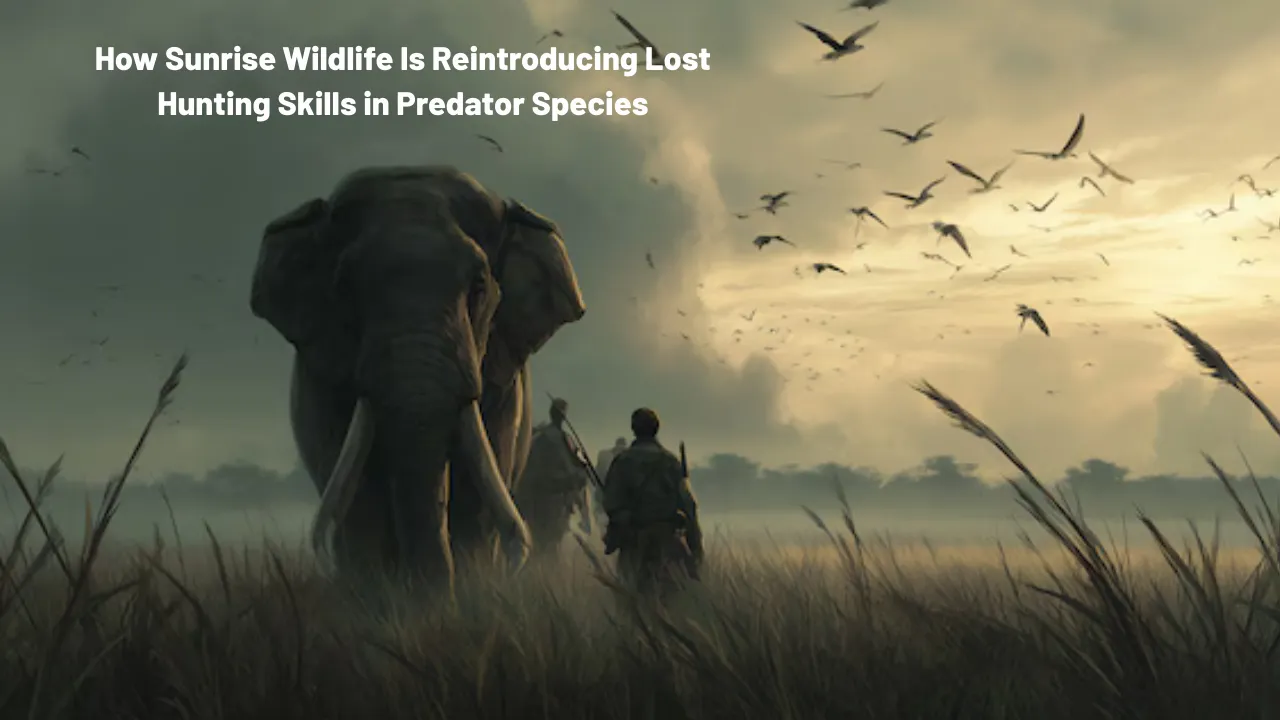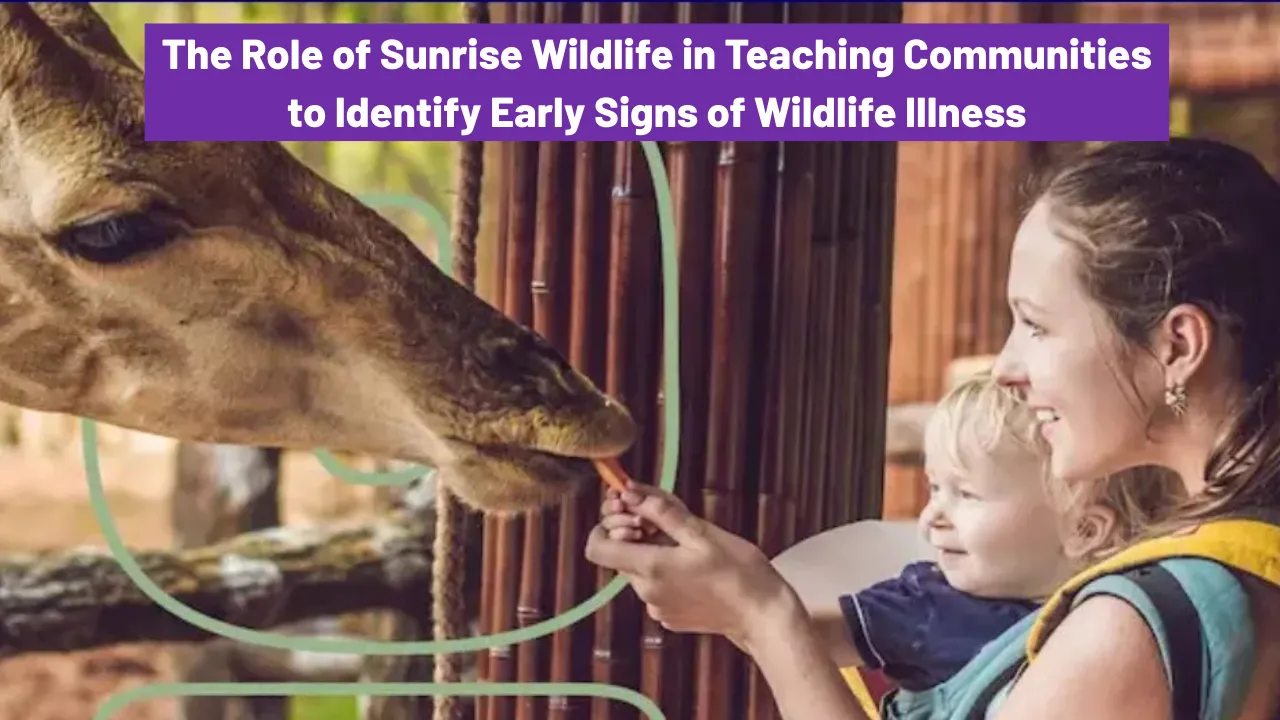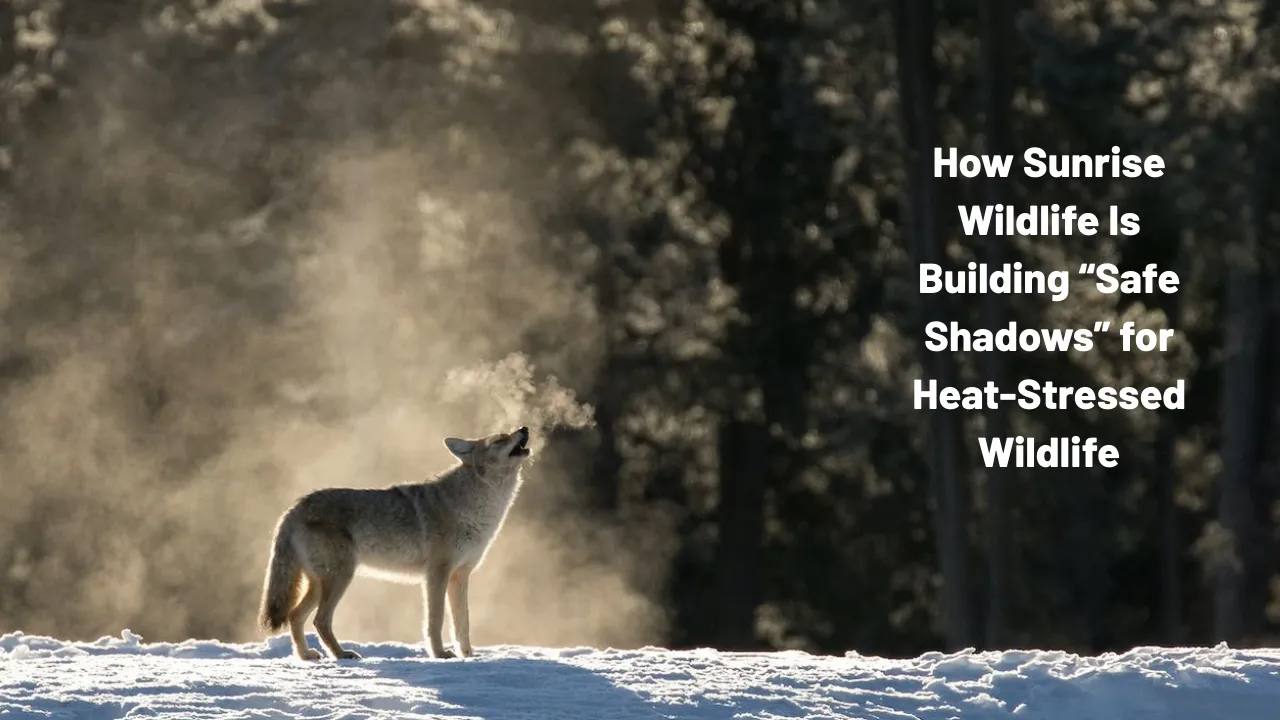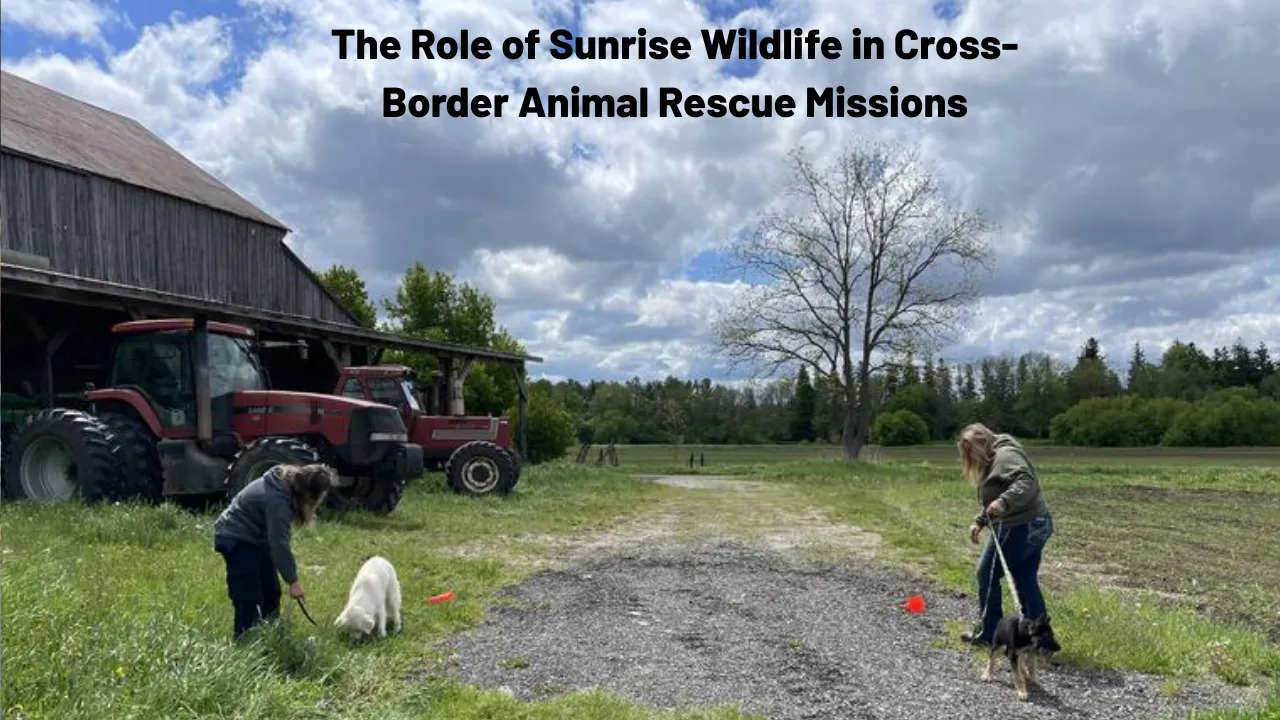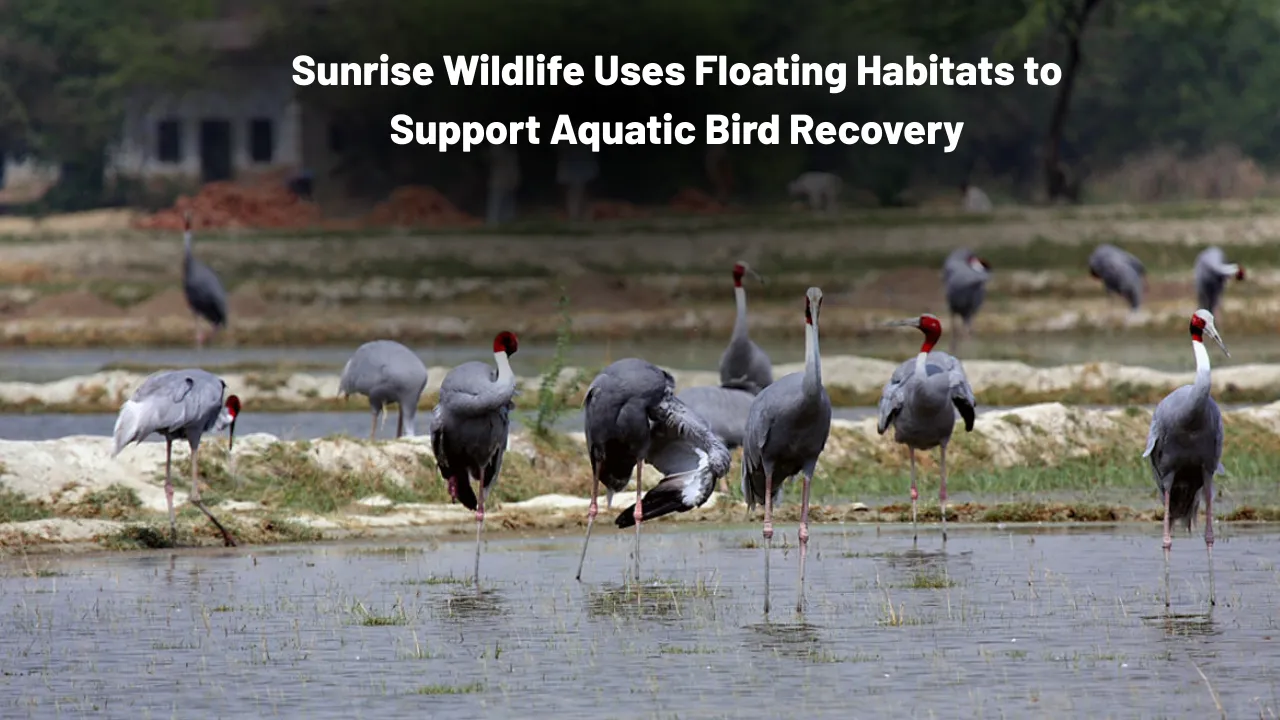Life After Rehab: Life After Rehab is often the most critical phase in an animal’s recovery story. For wildlife that has been injured, orphaned, or displaced, rehabilitation is only the beginning. The real test starts when these creatures are returned to nature and must navigate their survival independently. Many organizations focus heavily on the rescue and treatment phase—but it’s what happens after release that ultimately defines the success of wildlife conservation.
Sunrise Wildlife has built a reputation for not only rescuing and rehabilitating animals but also ensuring they are set up for success once they return to the wild. This article dives into how Sunrise Wildlife creates long-term solutions by working with landowners, using wildlife corridors, and monitoring post-release adaptation to give animals a real shot at survival. It uncovers a full-circle view of how life after rehab is carefully managed through a network of thoughtful strategies and committed partnerships.
Life After Rehab: A Crucial Phase in Wildlife Recovery
The phrase life after rehab captures the most overlooked but vital phase in wildlife recovery. While rehabilitation helps animals heal physically and sometimes emotionally, the transition back to the wild is a different challenge altogether. Without proper support, many animals struggle to adapt, face threats from predators, or fall back into human environments. Sunrise Wildlife addresses these issues by focusing on long-term readiness and survival. From rewilding practices to community involvement, their approach ensures that animals are truly prepared for independent life. This focus not only enhances the outcomes for individual animals but strengthens broader conservation efforts as well.
| Key Aspects of Sunrise Wildlife’s Post-Rehab Strategy | Description |
| Landowner Partnerships | Local landowners offer safe release zones and help monitor animal progress |
| Wildlife Corridors | Natural pathways connect habitats, allowing safe movement post-release |
| Protected Zones | Areas with limited human activity serve as secure spaces for adaptation |
| Pre-Release Training | Animals are prepared to survive independently through natural behaviors |
| Post-Release Monitoring | GPS, camera traps, and local reports track animal survival and movement |
Building Safe Release Environments
The moment an animal is released marks the beginning of a new life. To increase survival rates, Sunrise Wildlife takes a site-specific approach when selecting release locations. They evaluate key factors such as natural food sources, presence of predators, water access, and human activity levels. Rather than placing animals back into random environments, they choose places that mirror the animals’ natural habitat as closely as possible.
This thoughtful selection process reflects Sunrise Wildlife’s understanding of animal behavior and territory. Animals released into a well-matched environment have a higher chance of establishing their own territory, finding mates, and avoiding human conflict—making the shift from captivity to the wild more seamless and safe.
Collaboration with Local Landowners
One of the most practical ways Sunrise Wildlife extends its conservation reach is by forming strong partnerships with private landowners. Many rural or semi-wild lands are ideal for reintroducing animals. These spaces, when protected and respected, offer quiet zones where wildlife can safely resettle.
Sunrise Wildlife educates landowners on how to identify and protect newly released animals, report sightings, and reduce potential risks. By empowering the local community and giving them an active role in conservation, the organization creates a shared responsibility for wildlife protection. This partnership-driven approach builds trust and extends the footprint of available habitat for recovering animals.
Using Wildlife Corridors for Safe Passage
Wildlife corridors are an essential tool for ensuring safe life after rehab. These natural or semi-natural pathways allow animals to move between different habitats, find food, avoid inbreeding, and adapt to seasonal changes. For rehabilitated animals, these corridors serve as lifelines—helping them transition into larger ecosystems without facing human roads, fences, or urban sprawl.
Sunrise Wildlife actively supports the maintenance and expansion of these corridors in regions where animal movement is common. By lobbying for protected pathways and working with conservation planners, they help preserve critical migration and roaming routes for released animals.
Conservation Zones and Protected Areas
Sunrise Wildlife recognizes that not all environments are safe, especially with the growing impact of human development. That’s why they collaborate with public and private conservation organizations to identify and manage protected zones—areas where human activities like logging, hunting, and building are restricted.
These zones are particularly valuable for animals that need time to regain natural instincts. They act as a buffer between rehab and the truly wild world, offering a space to practice hunting, foraging, and evasion behaviors. These protected environments are part of a broader effort in habitat restoration and wildlife preservation, aligning short-term animal success with long-term ecological balance.
Monitoring and Post-Release Support
Tracking animals after release is one of the most critical aspects of ensuring a successful life after rehab. Sunrise Wildlife uses GPS collars, motion-sensing cameras, and community input to track the movement, behavior, and health of animals post-release. This data helps them understand which strategies work and which need improvement.
Some animals are closely observed for several months, while others are monitored from a distance to avoid human re-bonding. The data collected not only ensures individual safety but also contributes to larger studies in wildlife rehabilitation and rewilding success rates.
Challenges in the Wild
Despite thorough preparation, some animals face challenges adapting to the wild. Threats such as territorial disputes, scarcity of resources, or contact with humans can jeopardize their safety. To reduce these risks, Sunrise Wildlife introduces survival training during rehabilitation. For example, predators may practice hunting with live prey under supervision, while birds are encouraged to fly long distances before release.
While not every release ends in perfect success, each one contributes valuable knowledge to improve future efforts. The ultimate goal remains consistent: give every animal the tools and environment it needs to thrive independently.
Two Key Approaches by Sunrise Wildlife
- Pre-Release Training: Rehabilitated animals go through a training phase where they relearn essential survival skills such as hunting, evading threats, and self-sufficiency in natural settings.
- Habitat Assessment: Sunrise Wildlife evaluates potential release sites for ecological compatibility, ensuring animals are returned to areas that match their natural behaviors and biological needs.
How the Public Can Help
Wildlife rehabilitation is a collective responsibility. Whether you live near a release zone or support conservation from afar, there are many ways to make a difference. Donating to rehab centers, volunteering, or simply reporting injured animals can significantly aid post-release success.
Sunrise Wildlife also encourages landowners to participate by offering safe zones for release or helping track animal activity. Public engagement helps extend the reach of limited conservation resources, making life after rehab more secure and successful for every animal released.
FAQs
What does “life after rehab” mean for wildlife?
It refers to the post-release phase when rehabilitated animals must survive independently in the wild.
How are animals tracked after release?
Sunrise Wildlife uses GPS collars, camera traps, and reports from local partners to monitor animals after release.
Why are wildlife corridors important?
Corridors provide safe travel routes for animals between habitats, helping them avoid human conflict and maintain healthy populations.
Can I help even if I don’t live near a wildlife area?
Yes, by donating, spreading awareness, or supporting legislation that protects wildlife and natural habitats.
Do all animals released survive in the wild?
Not all do, but with proper planning and support from Sunrise Wildlife, survival rates are significantly increased.
Conclusion
Life after rehab is where true freedom begins for wildlife—and where conservation efforts are truly tested. Sunrise Wildlife’s commitment to long-term survival, community partnerships, and habitat safety turns every animal release into a mission for sustainable wildlife protection. Their efforts are not just about saving animals today, but ensuring they can thrive tomorrow.
If you’re inspired by the stories of recovery and resilience, share this article or learn how you can support wildlife near you. Every action counts in giving nature its best chance.
